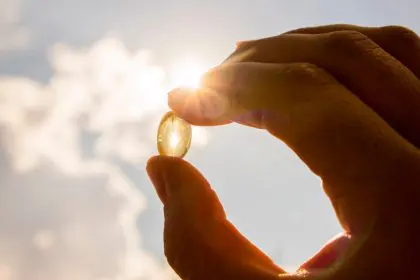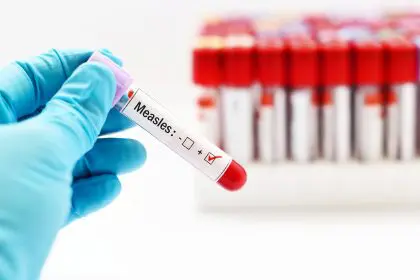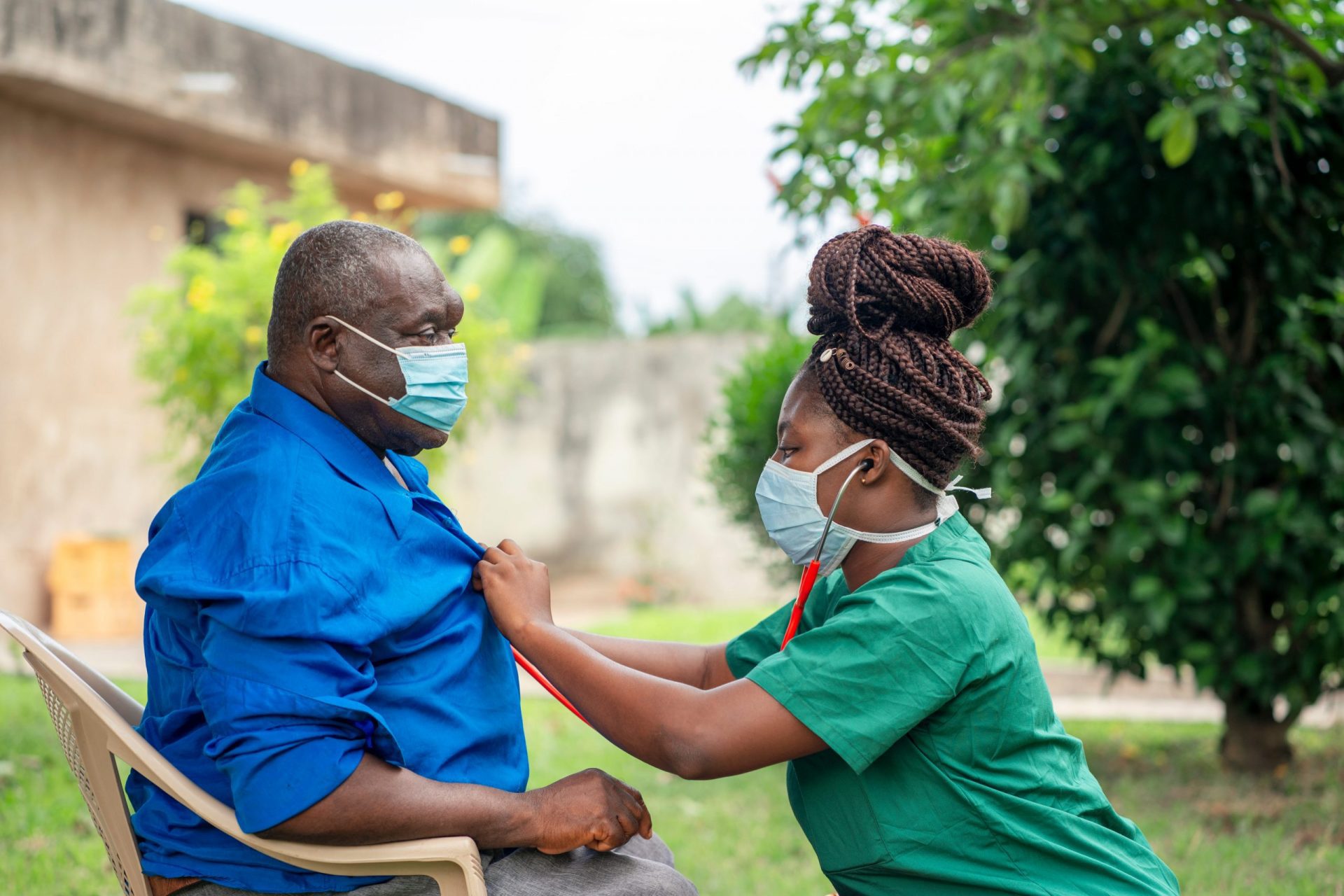The wellness world’s fascination with cold water immersion continues to grow, with everyone from royalty to Hollywood stars diving into the practice. But while social media feeds fill with ice bath testimonials, scientists have been quietly discovering what happens inside our bodies during these frigid dips—and the findings might make even skeptics reconsider the plunge.
The body’s hidden cleaning system activated by cold
Recent research published in Advanced Biology offers compelling evidence that cold plunging triggers a crucial cellular process called autophagy—essentially your body’s internal housekeeping system. The weeklong study followed ten healthy men who took daily hour-long cold plunges in 57.2-degree Fahrenheit water.
Blood samples revealed remarkable changes happening at microscopic levels. Within just four days, participants showed measurable reductions in cellular stress markers alongside increased autophagy activity—the natural mechanism where cells identify, remove, and recycle damaged components.
This cellular cleaning process proves vital for overall health maintenance. When autophagy functions optimally, the body more efficiently eliminates potentially harmful cellular debris that might otherwise contribute to disease development.
Why stressing your cells actually improves them
Cold exposure represents what scientists call a hormetic stressor—a moderate challenge that ultimately strengthens biological systems. Much like exercise temporarily stresses muscles to make them stronger, brief cold exposure pushes cells to activate protective mechanisms.
These controlled stressors help build physical resilience and adaptation capabilities. By repeatedly exposing ourselves to cold temperatures, we essentially train our bodies to respond more effectively to various environmental challenges, potentially boosting our resistance to illness.
The study demonstrates how regular cold exposure conditions our cells to perform optimally even in adverse conditions. This process of adaptation extends beyond individual cells to benefit multiple body systems.
5 health conditions cold plunging might help prevent
The autophagy-boosting effects of cold plunging may offer protection against several serious health conditions:
- Type 2 diabetes, as autophagy helps clear damaged insulin receptors
- Alzheimer’s disease, by removing protein aggregates that form plaques
- Parkinson’s disease, through elimination of abnormal protein buildups
- Certain cancers, by regulating uncontrolled cell growth
- Chronic inflammation, which contributes to numerous diseases
Beyond these disease-fighting possibilities, cold plunging appears to deliver additional benefits that explain its growing popularity:
Enhanced mental clarity and alertness that can last hours after exposure Accelerated muscle recovery following intense exercise Natural mood elevation through endorphin release Improved stress resilience and anxiety reduction
While more research remains necessary, early findings suggest cold plunging delivers meaningful health benefits beyond temporary discomfort.
How to start your cold plunge practice
For those intrigued enough to try cold plunging, proper technique matters. Most research focuses on water temperatures between 50-60 degrees Fahrenheit—chilly enough to trigger biological responses without excessive risk.
Beginners should start conservatively with 30-second to one-minute exposures, gradually building tolerance over weeks. Even without hour-long sessions like those in the study, shorter immersions appear beneficial, with many experienced practitioners finding five to ten minutes sufficient.
Safety precautions remain essential. People with cardiovascular conditions, pregnant women, and those with certain autoimmune disorders should consult healthcare providers before attempting cold plunges. The initial shock response raises heart rate and blood pressure temporarily—effects that most healthy individuals tolerate well but can pose risks for others.
Proper breathing techniques help manage the initial cold shock. Taking slow, deep breaths upon immersion helps override the gasping reflex and allows for longer, more comfortable exposure.
The bigger picture of hormetic stressors
Cold plunging represents just one form of hormetic stress that may benefit health. Others include:
Intermittent fasting, which similarly triggers autophagy Heat exposure through saunas and hot baths Certain plant compounds that mildly stress cells High-intensity interval training
Many wellness enthusiasts combine these practices for complementary effects, though research on such combinations remains limited.
As interest in cold plunging grows, more studies will likely emerge exploring optimal temperatures, exposure times, and frequency. Current evidence suggests consistency matters more than intensity—regular brief exposures appear more beneficial than occasional extended plunges.
While celebrities might showcase elaborate ice bath setups, effective cold exposure requires no special equipment. Even ending a warm shower with 30 seconds of cold water delivers some benefits, making this practice accessible regardless of budget or space constraints.
For those dedicated enough to make cold plunging a regular habit, the cellular benefits might represent the most compelling reason to brave the chill—turning a trendy practice into a science-backed health strategy that works from the inside out.















